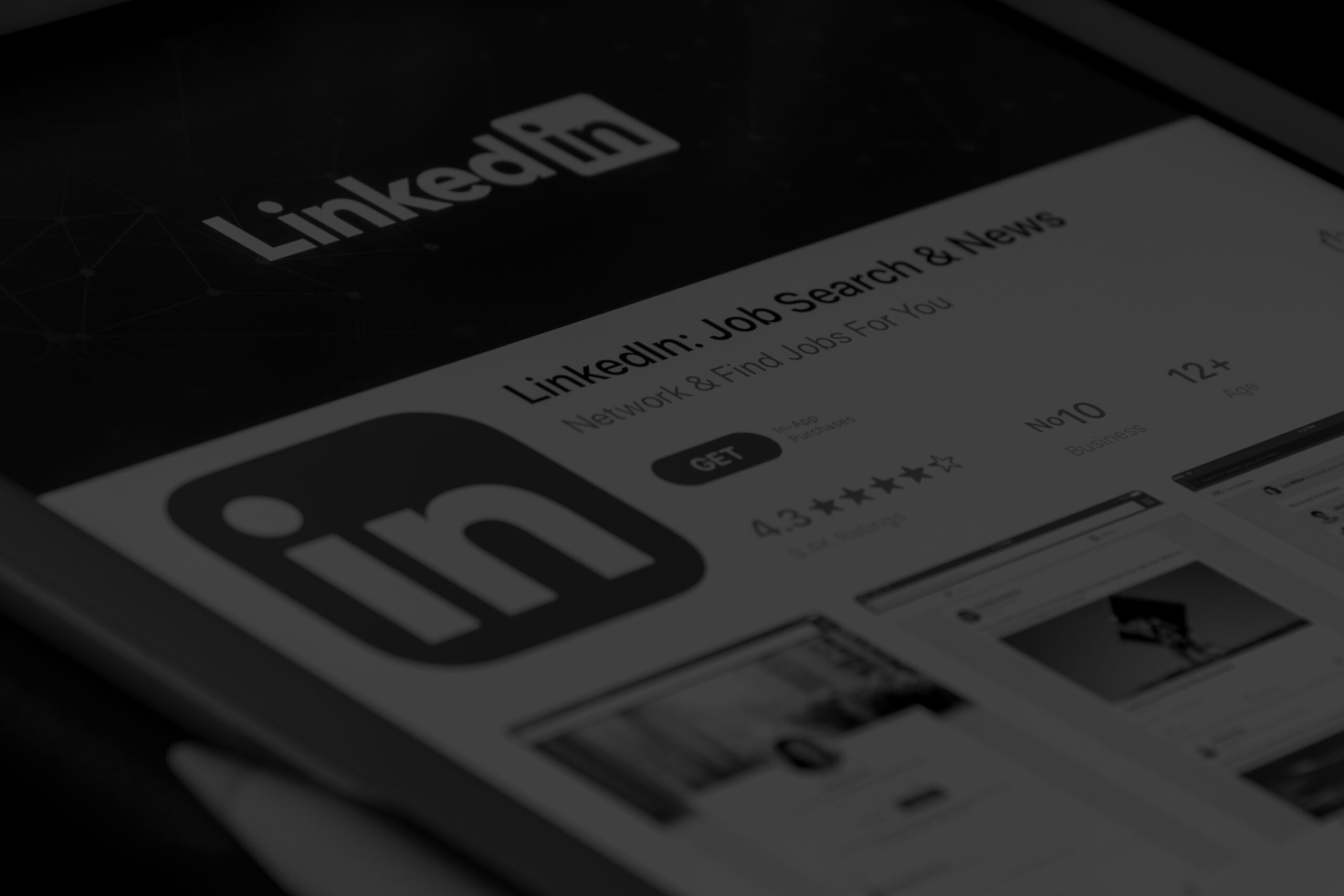The online shopping arena is no longer about listings and price tags alone — it’s a vivid front-row seat to a brand’s story, a customer’s emotion, and a clever marketing engine all rolled into one. As an eCommerce store, you don’t just sell: you show up, you spark interest, you invite repeat visits. The smartest brands now strike a balance between creative flair and measurable performance: the art of storytelling paired with the science of conversion.
The global eCommerce market continues to expand at a remarkable speed: online retail is projected to surpass USD 8 trillion in the next few years, driven by mobile commerce, improved logistics, and personalized shopping experiences. In this landscape, marketing is no longer just about visibility — it’s about creating continuous, data-led relationships that convert attention into loyalty.
In this article, you’ll discover how modern eCommerce marketing works, why it’s different from other marketing types, and how you can build a sustainable growth engine that goes beyond one-time transactions.
What eCommerce Marketing Means Today
When we talk about eCommerce marketing, we’re not simply referring to “running ads for an online store.” We’re talking about orchestrating a full journey: from discovery to purchase, and on to advocacy. It’s a continuous loop of attention, trust, and loyalty.
In contrast:
- In B2B, success often hinges on long nurture cycles, deep relationships, and high-stakes contracts.
- In SaaS, the model revolves around subscription revenue and managing churn.
- In eCommerce, the rhythm is faster, the expectations different: customers decide quickly, they expect seamless experiences, and the brand must deliver both useful products and a compelling story.
In the last three to five years, a few key shifts have shaped how this works:
- Artificial intelligence and automation have enabled personalization at scale, allowing brands to tailor messages and offers to behavior nearly in real-time.
- Social commerce, influencer collaborations, and creator-led discovery have elevated “trust through people” as a potent source of traffic.
- Retention is no longer a nice-to-have; it’s fundamental. With acquisition costs rising, keeping customers engaged and encouraging repeat purchases has become as strategic as attracting new customers.
So what does this mean for your marketing? It means every move must consider three things: visibility, conversion, and value beyond the first sale. If you only nail one or two of these, you’ll leave performance on the table. Owning the customer journey, not just the individual transaction, is what sets the winning stores apart.
Types of eCommerce Marketing Strategies
Modern eCommerce growth is powered by a handful of strategy types that work best in combination. Each has evolved with new tools, platforms, and buyer expectations — yet their purpose remains the same: to attract, convert, and retain customers more efficiently over time.
- Content Marketing helps brands educate and inspire, turning browsers into informed buyers.
- SEO ensures that content and product pages are discoverable through search intent, giving brands consistent, compounding traffic.
- Social Media Marketing drives awareness and conversation, letting brands show their human side and spark engagement.
- Email Marketing nurtures relationships, from onboarding flows to re-engagement campaigns that turn first purchases into repeat ones.
- Influencer Marketing builds credibility through authentic voices that audiences already trust.
- Paid Advertising amplifies reach and accelerates data collection, enabling brands to refine their creative and audience strategies quickly.

Understanding these main types of eCommerce marketing gives you the building blocks. However, growth doesn’t come from mastering them in isolation — it comes from how they reinforce one another.
How eCommerce Strategies Work Together
Effective eCommerce marketing is about building a system where traffic, conversion, and retention work together, not separate campaigns competing for attention. The goal is straightforward: attract qualified visitors, convert interest into action, and retain those customers at a sustainable cost.
Here’s how the strongest brands structure that system — from discovery to loyalty.
Building Discovery: Where Demand Begins
The first challenge in eCommerce is to be found — and to be remembered once you are. Discovery has become multi-layered, blending organic visibility, paid reach, and human credibility.
- SEO and content marketing remain the foundation. Well-structured product pages, clear metadata, and rich descriptions that align with search intent continue to drive consistent traffic. Yet what defines success now is not only ranking, but relevance: addressing the questions, use cases, and comparisons shoppers search for before they’re ready to buy. Educational content, buyer guides, and storytelling around lifestyle or purpose help move potential customers from curiosity to intent.
- Paid media fuels this discovery further. Search ads, social placements, and display campaigns now function as testing grounds for creative messaging and audience insight. The goal isn’t endless reach, but efficient learning — understanding which combinations of visuals, language, and offers truly convert.
- Influencer and creator partnerships add the credibility that algorithms can’t provide. Instead of relying on celebrity endorsements, many brands now turn to micro-influencers or niche creators whose audiences trust them implicitly. Their influence feels less promotional and more personal, often driving stronger conversion at a lower cost.
Together, these efforts create a discovery ecosystem — where customers encounter your brand through multiple touchpoints, each reinforcing familiarity and trust.
Converting Attention into Action
Discovery is only the invitation; conversion is where marketing, design, and psychology intersect. Every friction point between interest and purchase is a potential loss.
- User experience and mobile optimization are non-negotiable. Fast load times, intuitive navigation, and mobile-first layouts have a direct impact on conversion rates. Clear pricing, visible guarantees, and authentic reviews establish credibility within seconds.
- Retargeting bridges intent and action. Shoppers who explored but didn’t purchase can be re-engaged through dynamic ads on social platforms or personalized emails showing the exact products they viewed. When done with restraint and timing, retargeting feels like a helpful reminder rather than pressure. When timed promptly — ideally within the first one to two hours after abandonment — recovery campaigns perform significantly better.
- Personalization and automation now shape much of this stage. Recommendation engines, email flows, and triggered offers help turn browsing patterns into purchase decisions. It’s not about overwhelming customers with options but presenting the right one at the right moment.
Small adjustments, such as bundling related items or surfacing “complete the look” suggestions, can also increase average order value (AOV) while enhancing the customer experience.
Every conversion path should also point forward, encouraging account creation, newsletter sign-ups, or loyalty participation to anchor future engagement.
Retention and Loyalty: The Compounding Engine
A customer who buys once is a transaction; a customer who returns is a growth asset. Retention has become the true engine of profitability in eCommerce.
- Email marketing remains one of the most powerful retention tools. When built around value rather than constant discounts, it becomes a channel for storytelling — sharing product updates, behind-the-scenes content, or helpful guidance that nurtures familiarity.
- Loyalty programs and personalized offers deepen that connection. Exclusive previews, early access, or point-based rewards reinforce a sense of belonging and appreciation.
- Retargeting existing customers with new collections or complementary items also keeps engagement active. The tone matters: speak to recognition and continuity, not persuasion.
Industry data shows that improving retention by even five percent can raise profits by as much as 25–90 percent, proof that the most effective growth strategy is often keeping the customers you already earned.
Scaling Smart: Data, Testing, and Refinement
Growth in eCommerce rarely comes from adding more channels; it comes from refining what already works. The most successful brands treat marketing as an evolving experiment, guided by data but led by clarity.
- Simple A/B tests on creative, offers, or page design often yield meaningful insight. Cohort tracking shows which customer groups deliver the highest lifetime value and which channels bring them in.
But scaling isn’t only analytical; it’s a strategic restraint. Expanding too quickly without understanding profitability can strain cash flow and erode margin.
Common Pitfalls to Avoid
Even well-structured marketing systems can lose momentum when execution slips from strategy to habit. These are the most common pitfalls that eCommerce brands often fall into, along with the warning signs that are worth recognizing early.
- Chasing traffic instead of profitability.
High reach can look impressive, but without a clear understanding of customer acquisition cost (CAC) versus margin, growth can quietly erode cash flow. Sustainable performance depends on efficiency, not exposure.
- Over-discounting.
Discounts drive spikes, but they also train customers to wait for the next sale. Instead of relying on price cuts, emphasize loyalty rewards, bundles, or early access to maintain perceived value.
- Neglecting retention.
Too many brands overinvest in acquisition while overlooking repeat purchase programs. Returning customers often generate three to five times more value than new ones — they’re your most reliable source of profit.
- Ignoring mobile experience.
Most shoppers now complete purchases on their phones, yet many checkouts still fail at this stage. Slow load times or confusing navigation can undo even the strongest advertising.
- Measuring vanity metrics.
Likes, impressions, and clicks can mislead if they’re not tied to business outcomes. The metrics that matter are revenue per visitor, repeat rate, and payback period on marketing spend.
- Expanding too fast.
Adding new channels without proven ROI in existing ones only multiplies complexity. Refine before you scale — consistency always outperforms volume.
Conclusion
eCommerce marketing today is both creative and analytical, a balance between storytelling that connects and data that sustains. The brands achieving lasting growth aren’t those chasing constant exposure but those aligning every layer of their marketing: discovery that educates, conversion that feels effortless, and retention that builds loyalty and advocacy.
LenGreo’s work with eCommerce brands demonstrates that the real differentiator isn’t the tactic, but the integration — how strategy, design, and analytics reinforce one another to turn campaigns into predictable revenue streams. The next stage of eCommerce growth will belong to companies that connect creativity with clarity, emotion with evidence, and vision with measurable outcomes.










